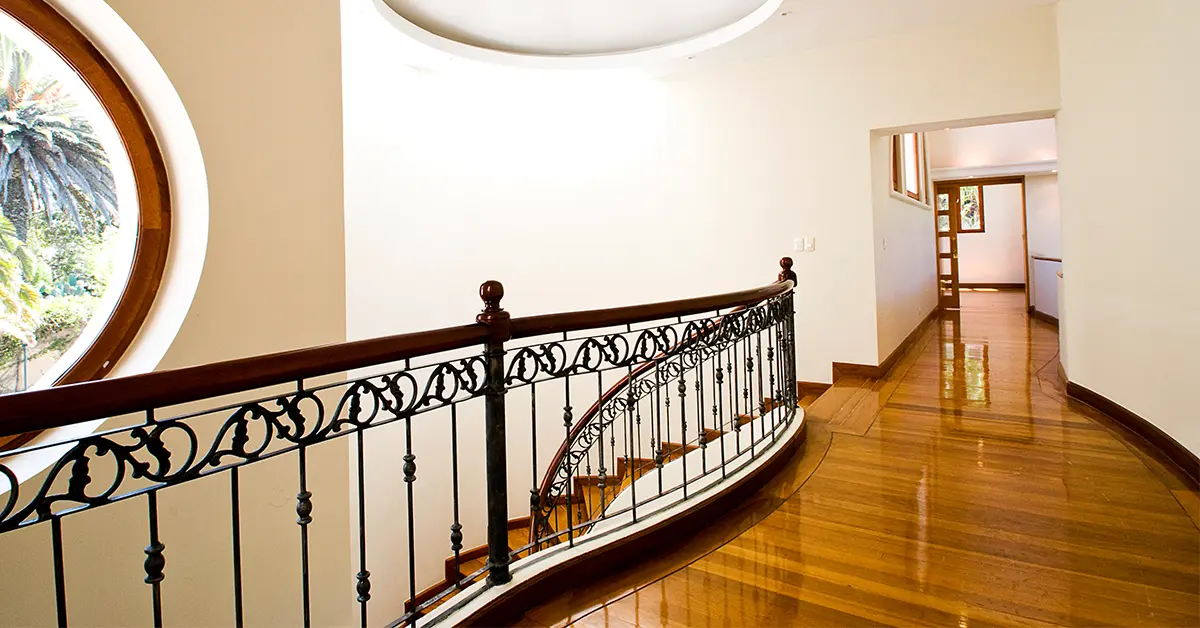
Wooden floors add a touch of elegance to any home. Over time, however, they can become scratched and scuffed. This can be frustrating, especially if you don’t know how to fix the scratches yourself. In this blog post, we will discuss a few tips for removing scratches from hardwood floors so that you can enjoy their beauty for longer.
1. Clean Your Floors Gently
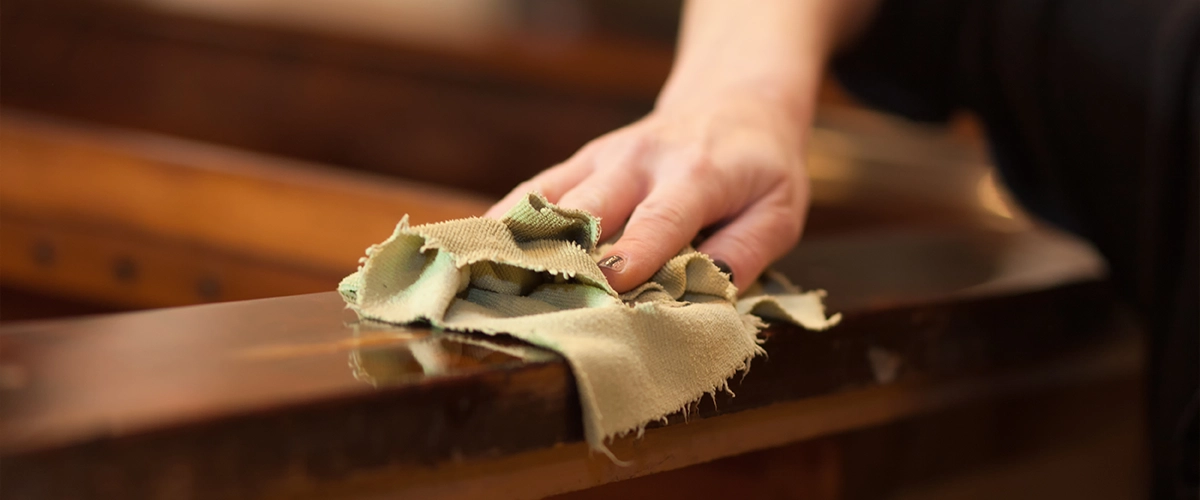
Your wood floors are an important part of your home, and keeping them clean is essential to maintaining their beauty.
However, cleaning hardwood floors can be a delicate process, and it’s important to avoid damage. The first step is to remove surface debris with a soft mop or vacuum. Be careful not to use a broom or abrasive scrub pad, as these can scratch the floor. Additionally, avoid soaking the floor with water or liquid cleaner, as this can also cause damage.
Once you’ve removed the surface debris, you can gently clean the floor with a mild soap and water solution, or specialized floor cleaning products. When you’re finished, dry the floor with a soft cloth to prevent moisture from causing damage. With a little care and attention, you can keep your hardwood floors looking beautiful for years to come.
2. Remove Scratches By Sanding
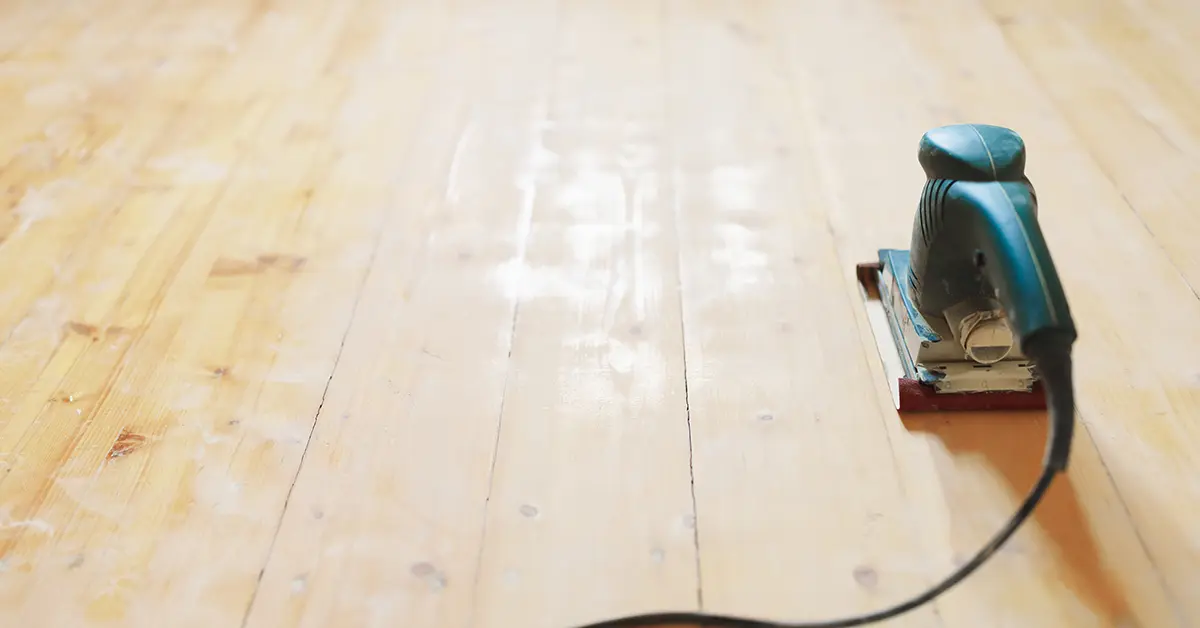
Anyone who has ever lived in an older home knows that maintaining natural wood floors can be a bit of a challenge.
Scratches, dents, and discoloration are all common problems. However, wood floors can be restored to their original beauty with a little elbow grease and the right tools. First, sand the floor in the direction of the grain using a fine-grained sandpaper. This will remove surface damage and give the floor a smooth surface.
Next, stain the floor with a color that matches the original finish. Finally, apply a urethane finish to protect the floor from future damage. With a little effort, you can bring your wood flooring back to life.
3. Use Natural Oil To Remove Stains
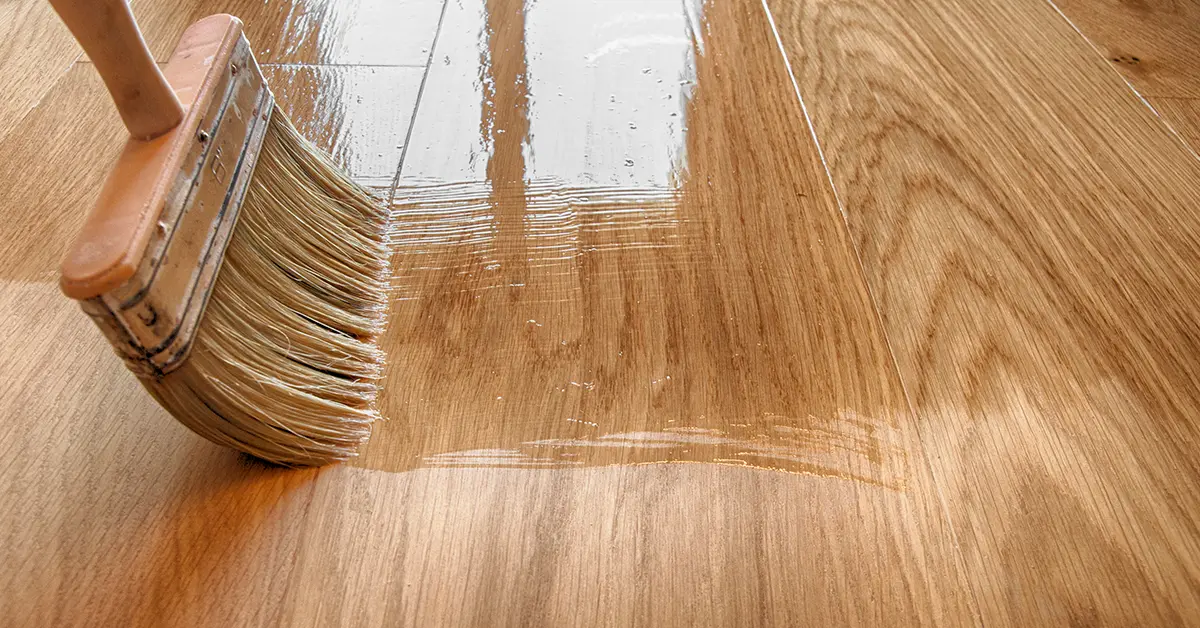
If you have wood floors that are starting to show their age, you may be surprised to learn that walnuts can help repair and restore their appearance. Walnuts contain natural oils that act as emollients, helping to soften and protect the wood. They also contain brown dyes that can help to camouflage scratches and other wear marks.
To use this natural remedy, simply warm up some walnut oil between your fingers and rub it into the affected areas using small circular motions. Let the oil sit for a few minutes, then buff with a soft cloth. With regular use, your wood floor will look like new in no time!
4. Refresh Your Floors Regularly
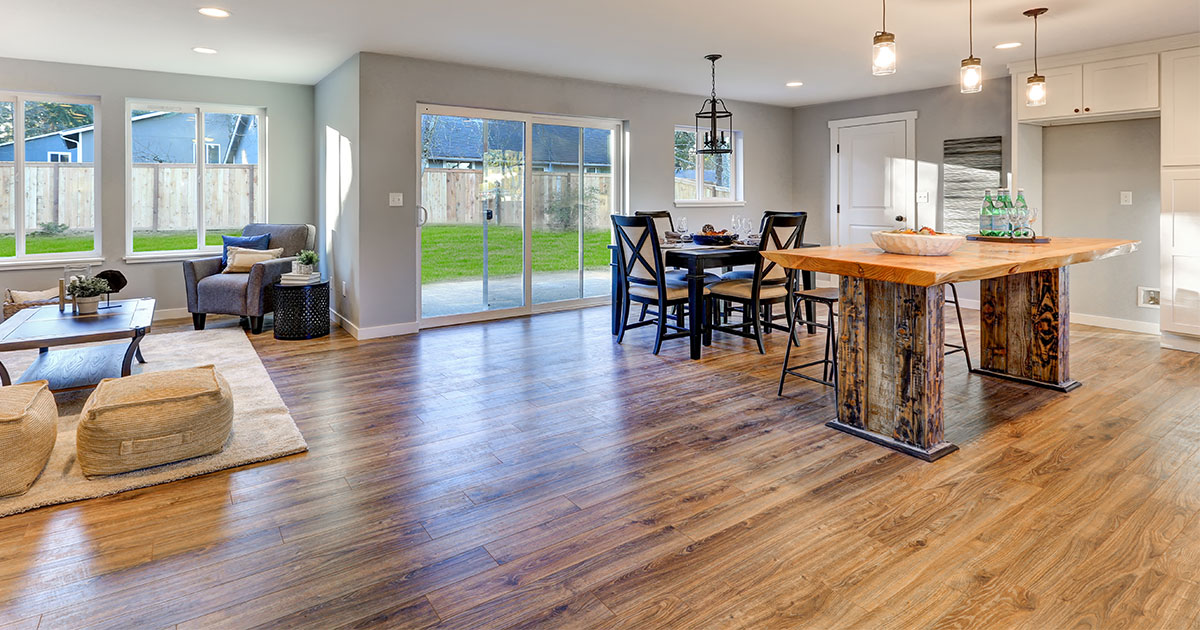
Most people vacuum their floors regularly to remove dirt, dust, and hair. However, over time, vacuuming can also leave behind scratch marks. To reduce the appearance of these deeper scratches, try using a combo of baking soda and olive oil. First, vacuum your floor thoroughly.
Then, apply a small amount of baking soda to areas that are scratched. Next, add several drops of olive oil to the baking soda and mix together until it forms a paste. Then, wait five minutes before buffing the mixture into the scratches in a gentle circular motion.
Finally, clean the area with a damp cloth and dry it with a towel. With regular use, this simple remedy can help to reduce the appearance of scratches on your wood floors.
5. Stain Your Floors For A Fresher Look
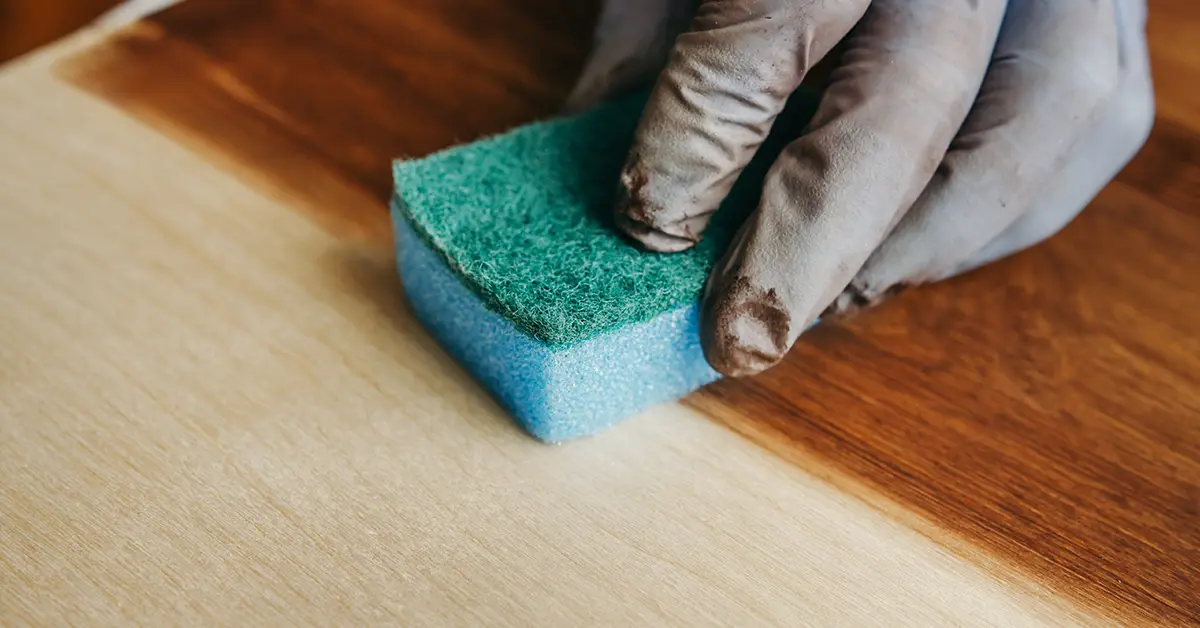
Deep scratches in wood can be difficult to disguise, but with the right wood stain, they can be nearly invisible. There are four main types of wood stains: oil-based, water-based, gel, and combination. Oil-based stains dry slowly and can be difficult to work with, but they provide the richest, longest-lasting color.
Water-based stains are available in many shades and make for easy application and clean up. Gel stains are thick and provide even coverage, but can be difficult to control. Combination stains are a mix of oil and water and offer the best of both worlds in terms of application and color.
No matter which type of stain you choose, taking the time to properly apply it will minimize the appearance of deep wood scratches on your hardwood flooring.
Conclusion
Don’t worry if you don’t know how to fix the scratches on your wood floors- we can help! We’ve put together a simple guide that will show you how to identify the type of scratch on your floor, gather the necessary supplies, and apply the appropriate solution. Buff it out and seal it with a coat of finish, and you’ll be enjoying your beautiful floors once again in no time!
If you have any questions or need help repairing your floors, don’t hesitate to get in touch with us. At Randy Stewart’s Hardwood Flooring, we love everything about floors and can’t wait to help you enjoy yours for longer.
